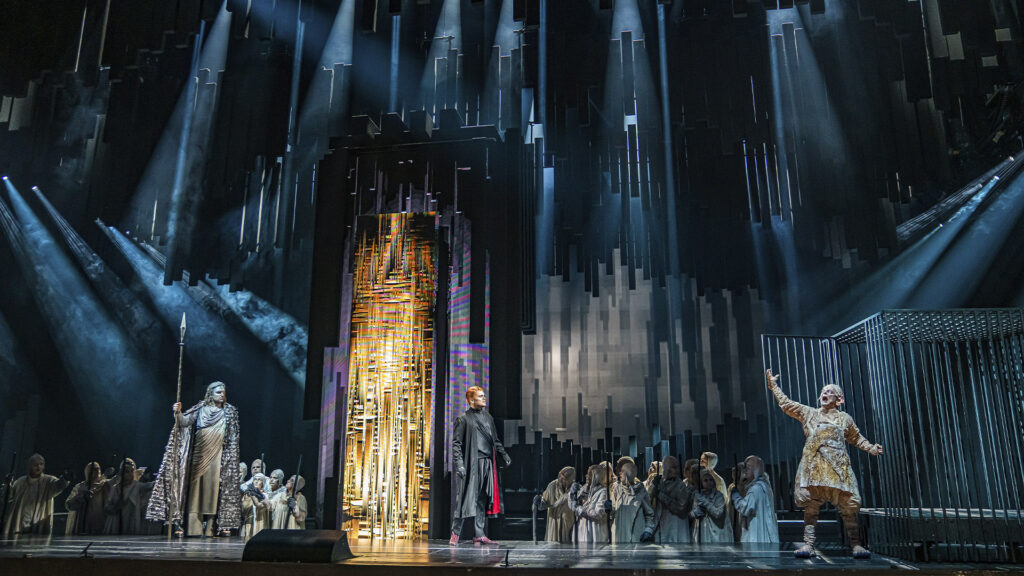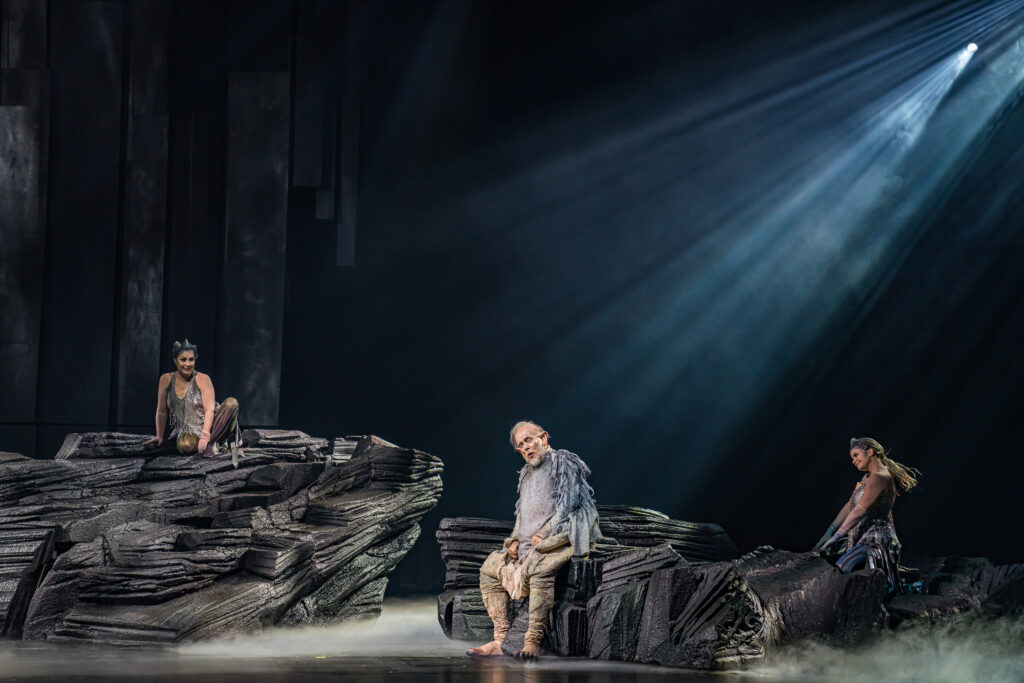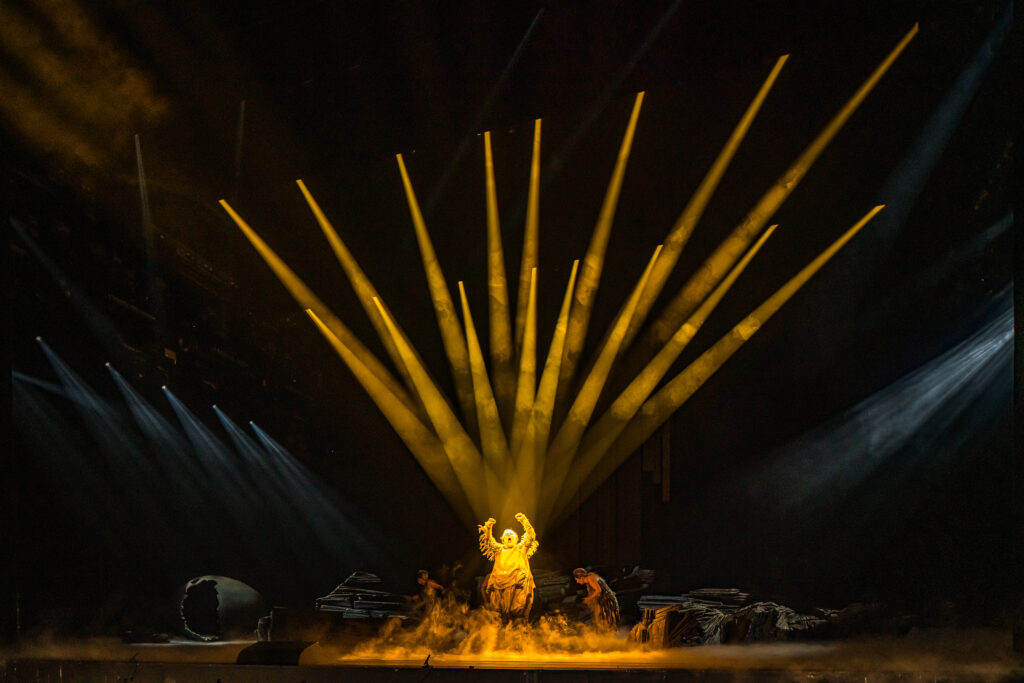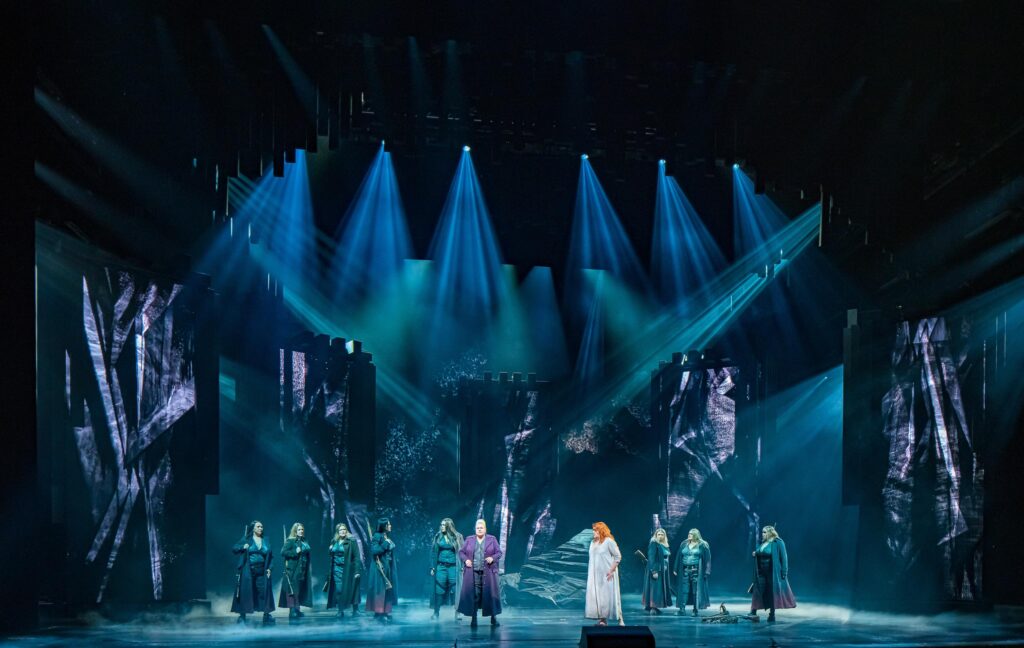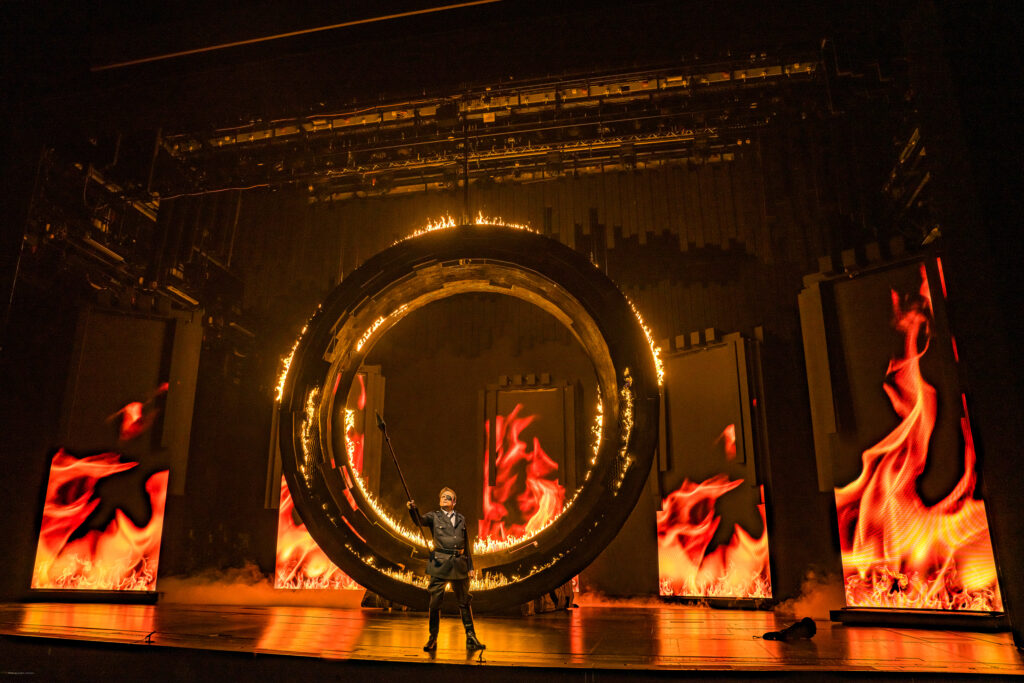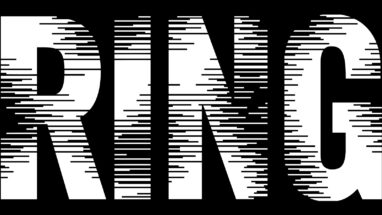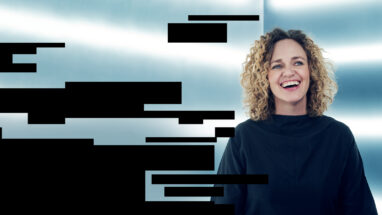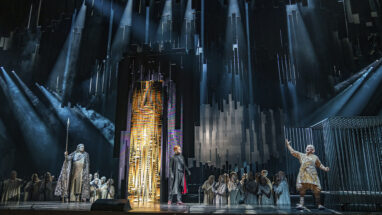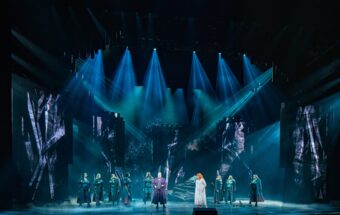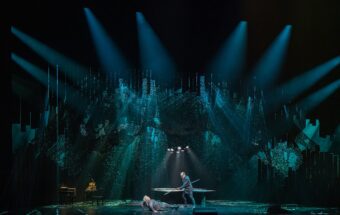
The Ring is a visual fairy-tale, in which anything is possible
The Ring saga of the Finnish National Opera continues with Die Walküre in August 2022, with visuals designed by Mikki Kunttu. In addition to opera and ballet productions, Kunttu has designed lighting, visuals and screen content for several Finnish TV productions, Eurovision Song Contests, Cirque du Soleil, and more. In our interview Mikki Kunttu tells us what is it that inspires him in the colossal Ring saga and what is the role of the visuals.
”I ended up in lighting and video design by chance. The most important encounter of my career took part in Tampere in the 1990s, when I met Tero Saarinen. I designed the lighting for Saarinen’s contemporary dance production, and I’ve never looked back since. My first collaboration with the Finnish National Opera was Jorma Uotinen’s The Man Who Never Was. I work a lot abroad, but it’s always a pleasure to return to the Finnish National Opera. It’s served as a kind of an anchor for me since I was young.
In recent years I’ve worked on circus, concert and TV productions besides dance and opera. In opera, of course, the music is the foundation against which the visuality resonates. The tradition of the genre has taken shape over centuries, and you can always unearth something new from its rich heritage.
I suspect I have a similar relationship with the Ring saga as many others do: I treat it with great respect, which is sometimes mixed with fear. I’m inspired by challenges, as it’s the very possibility of failure that keeps the work interesting. That’s why I shun standard assignments. I believe this to be a unique opportunity, and in that sense I see the Ring as the culmination of my opera career.
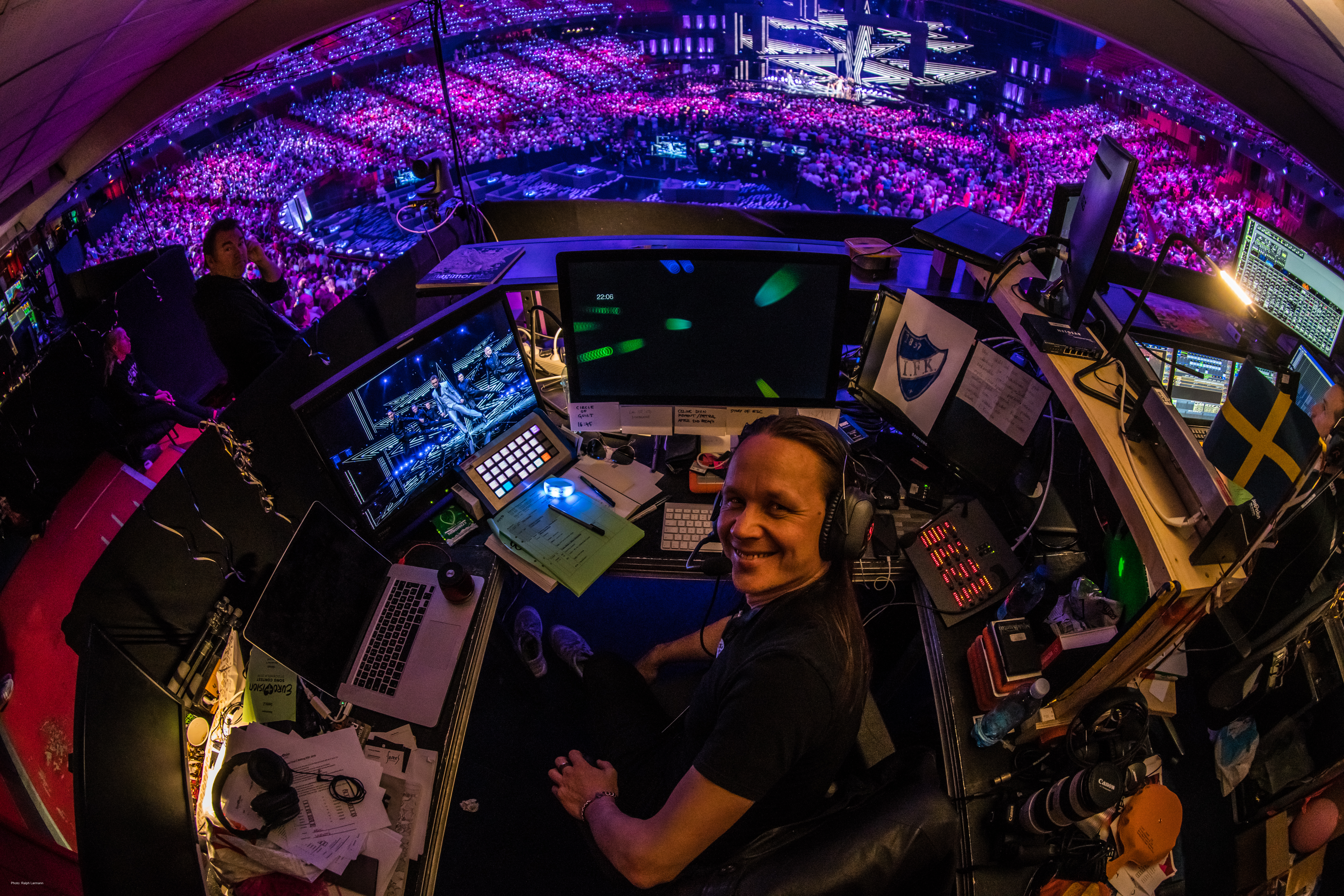
Photo: Ralph Larmann
The making of a colossal saga like the Ring is a lengthy process, during which the entire team collaborates within the framework set by the music, libretto, and story. Initially the work is fairly practical, as I must first understand the requirements set by the action and direction. This means sitting down with the director or costume designer, for instance, to determine the most essential aspects of a particular scene or character. After that I can start sketching and looking for the principal, overriding visual idea. I often begin with the three-dimensional space, so I finish designing the sets first and only add lighting at the end.
The Ring has a perfect plot. It’s a visual fairy-tale, in which anything is possible. There are several threads within the story, but in our version the set concept I’ve created holds everything together. That means the same sets resurface throughout the four parts of the saga, in a wide variety of ways. Such concept-focused work is typical of me. I like to contemplate how the same elements can be employed to create different scenes and showcase alternate points of view.
To me, the stage is in effect a dark, black box with infinite possibilities. As soon as you add something to that box, the possibilities are reduced. The way I deal with this, if the process gets stuck for some reason, is by reversing all the way back into the darkness and stopping there to look for the next steps.
“There are several threads within the story, but in our version the set concept I’ve created holds everything together. That means the same sets resurface throughout the four parts of the saga, in a wide variety of ways.”
Lighting and video play a major part in creating the ambience of the production. What must be remembered, of course, is that in such a massive production all the different elements must be weaved seamlessly together, and visuality alone doesn’t need to tell the whole story. The power of lighting and video lies in their capacity to create energy, emotion, and abstraction.
Though technology has developed in great strides, I’m confident that the magic of live theatre performances will continue to fill seats in the future, too. Live streaming has its place, but it will never replace a live performance. When the orchestra, soloists, choir, the director’s art and the costumes all come together towards the end of the rehearsal process, the result is always something unique and vibrant. However, you only ever discover the real end result at the performance, when the production finally resonates with the audience.
I turned 50 years old last year, but COVID-19 postponed the celebrations by a year. That’s why, besides working on Ring, I’m putting together birthday festivities for the Tampere Hall. There’ll be a new production of Gustav Holst’s The Planets, a retrospective photography exhibition, and a 50th birthday gala, for example. Over the years I’ve discovered the balancing effect of ultra running. It helps me focus my thoughts and energies on the essential, while doubling as a kind of an emptying and grounding rite.”
Text: PETRA RÖNKÄ
Photos: VEIKKO KÄHKÖNEN, RALPH LARMANN, STEFAN BREMER
Read director Anna Kelo’s thoughts on Ring.

